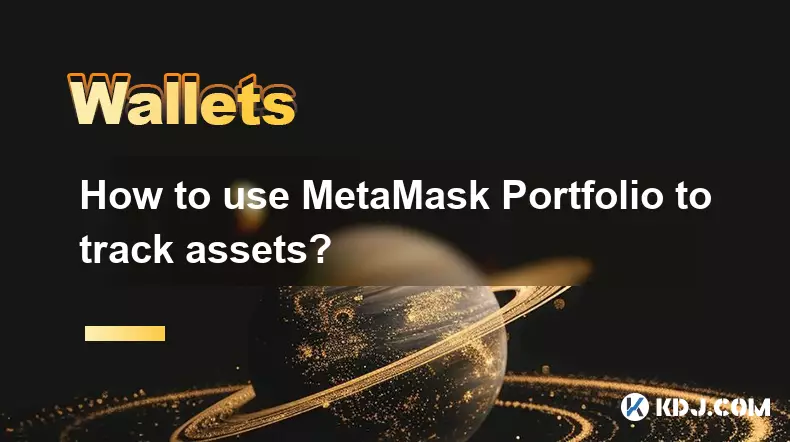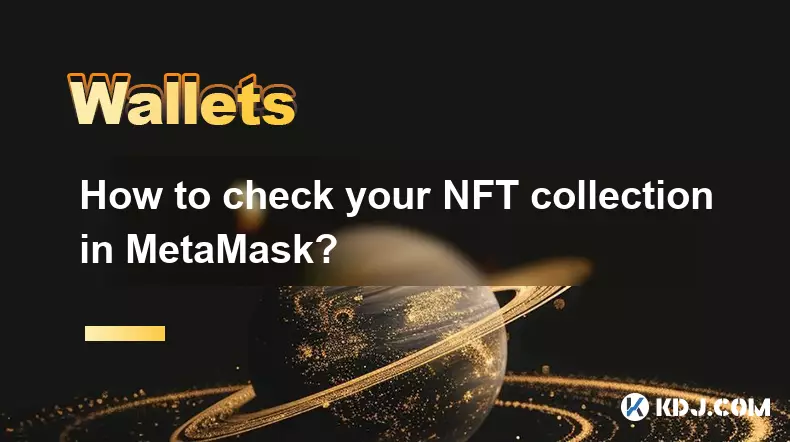-
 bitcoin
bitcoin $101752.865364 USD
-1.09% -
 ethereum
ethereum $3382.985899 USD
-1.38% -
 tether
tether $0.999658 USD
0.04% -
 xrp
xrp $2.272505 USD
-1.51% -
 bnb
bnb $989.089004 USD
0.14% -
 solana
solana $156.962612 USD
-3.08% -
 usd-coin
usd-coin $0.999776 USD
0.01% -
 tron
tron $0.290786 USD
-0.69% -
 dogecoin
dogecoin $0.174594 USD
-2.86% -
 cardano
cardano $0.560085 USD
-3.55% -
 hyperliquid
hyperliquid $40.023704 USD
-5.75% -
 chainlink
chainlink $15.324649 USD
-2.78% -
 bitcoin-cash
bitcoin-cash $493.576540 USD
-3.52% -
 zcash
zcash $571.320038 USD
-12.05% -
 stellar
stellar $0.280066 USD
-4.26%
What is dusting attack and how to protect your Trust Wallet?
Dusting attacks aim to de-anonymize crypto users by sending tiny amounts of currency to track wallet activity—avoid interacting with suspicious funds to stay safe.
Nov 05, 2025 at 10:39 pm

Understanding Dusting Attacks in the Cryptocurrency Space
1. A dusting attack occurs when malicious actors send tiny amounts of cryptocurrency, known as 'dust,' to a large number of wallet addresses. These minuscule transactions are often below the threshold of noticeable value, sometimes just a few satoshis in Bitcoin or a fraction of a token in Ethereum-based networks.
2. The primary goal behind such attacks is not financial gain from the dust itself but rather an attempt to de-anonymize wallet holders. By analyzing transaction patterns after the dust has been sent, attackers can potentially link multiple addresses to a single user or entity, compromising privacy.
3. Blockchain analysis tools allow attackers to trace how the dust moves. If the recipient unknowingly uses the dust funds in a transaction—by combining them with other inputs—the attacker can track that movement across the blockchain and infer connections between wallets.
4. Dusting attacks have become more prevalent as blockchain forensics improve. They are particularly concerning for individuals who rely on pseudonymity, such as traders, investors, or users in regions with strict financial surveillance.
5. While most major cryptocurrencies operate on transparent ledgers, this transparency creates vulnerabilities. Users may believe their identities are protected by using alphanumeric wallet addresses, but behavioral patterns can reveal far more than expected.
How Trust Wallet Users Can Be Affected
1. Trust Wallet, being a non-custodial mobile wallet supporting multiple blockchains, is a common target due to its widespread use. Anyone can send tokens or coins to a Trust Wallet address since it operates on public blockchain networks.
2. When a user receives unsolicited tokens—especially low-value ones—it could be part of a coordinated dusting campaign. This includes both native coins like BNB or ETH and ERC-20/BEP-20 tokens sent directly to the wallet.
3. Some attackers exploit token standards that automatically display incoming tokens, making it easier to deliver tracking scripts or phishing attempts alongside the dust. Though Trust Wallet filters unknown tokens by default, users who manually add suspicious tokens increase their risk.
4. If a user interacts with dust-laden transactions—such as sweeping funds or swapping small amounts—they may inadvertently expose their entire wallet structure to surveillance.
5. High-profile holders, often referred to as 'whales,' are especially targeted because mapping their wallet ecosystem can lead to valuable intelligence about market movements or exchange behaviors.
Protective Measures for Trust Wallet Security
1. Enable the “Hide Unknown Tokens” feature in Trust Wallet settings. This prevents automatic display of low-value or unrecognized tokens that might be used in dusting campaigns.
2. Avoid interacting with suspiciously received funds. Do not spend, transfer, or swap dust amounts, even if they appear harmless. Leaving them untouched reduces the chance of creating traceable transaction paths.
3. Use different wallet addresses for different purposes. Instead of reusing a single address, generate new ones for receiving funds, trading, or participating in airdrops. This limits exposure and makes clustering attacks more difficult.
4. Regularly monitor incoming transactions through blockchain explorers to identify unusual activity. Sudden inflows of negligible amounts from unfamiliar sources should raise immediate suspicion.
5. Consider using privacy-focused practices such as delaying transactions, using decentralized mixers (where legally permissible), or leveraging wallets with enhanced obfuscation features—though compatibility with Trust Wallet must be verified.
Frequently Asked Questions
What does “dust” mean in cryptocurrency?Dust refers to very small amounts of cryptocurrency that are often too insignificant to spend due to high relative transaction fees. In the context of attacks, dust is deliberately sent to wallets to track user behavior and compromise anonymity.
Can I delete or remove dust from my Trust Wallet?You cannot directly delete dust, but you can ignore it. Avoid spending or moving these tiny balances. Some advanced wallets allow sweeping dust using special protocols, but Trust Wallet does not currently support this natively.
Does ignoring dust completely protect me from tracking?Ignoring dust significantly reduces risk. As long as the dust remains unspent and isn’t combined with other funds in transactions, it cannot be used to trace your activity effectively. Complete safety also depends on overall wallet hygiene and usage patterns.
Are hardware wallets immune to dusting attacks?No wallet type is immune to receiving dust, as all blockchain transactions are public. However, hardware wallets often come with additional privacy controls and air-gapped security, reducing the likelihood of accidental interaction with malicious inputs.
Disclaimer:info@kdj.com
The information provided is not trading advice. kdj.com does not assume any responsibility for any investments made based on the information provided in this article. Cryptocurrencies are highly volatile and it is highly recommended that you invest with caution after thorough research!
If you believe that the content used on this website infringes your copyright, please contact us immediately (info@kdj.com) and we will delete it promptly.
- Ripple (XRP) in 2026: Hold or Fold? A Look at XRP's Future and Emerging DeFi Alternatives
- 2025-11-08 18:35:01
- Zcash ZEC Coin Price Explosion: From Privacy Niche to Center Stage
- 2025-11-08 18:55:01
- Berachain Price Prediction: Navigating the Honeycomb Hype in Crypto
- 2025-11-08 18:55:01
- Arthur Hayes, Gold, and Bitcoin: A Modern Monetary Trinity?
- 2025-11-08 19:15:01
- Shiba Inu's Next Move: Navigating a Shifting Market
- 2025-11-08 19:20:01
- Pakistan's Crypto Crossroads: Balancing Opportunity with Asset-Backed Realities
- 2025-11-08 19:20:01
Related knowledge

How to use MetaMask Portfolio to track assets?
Nov 08,2025 at 05:40am
Getting Started with MetaMask Portfolio1. Download and install the MetaMask mobile app from the App Store or Google Play. Open the app and select 'Imp...

How to check your NFT collection in MetaMask?
Nov 06,2025 at 08:20pm
Accessing Your NFTs in MetaMask Wallet1. Open the MetaMask browser extension or mobile app and ensure you are logged into your wallet account. Once in...

Why is the MetaMask swap feature failing?
Nov 06,2025 at 09:20pm
Understanding MetaMask Swap FailuresMetaMask, one of the most widely used cryptocurrency wallets, enables users to swap tokens directly within the int...

How to update the MetaMask extension in Chrome?
Nov 08,2025 at 07:39am
Updating the MetaMask extension in Chrome is a simple process that ensures you have access to the latest security features, performance improvements, ...

How to import an account into MetaMask using a private key?
Nov 07,2025 at 07:40am
Importing an Account into MetaMask with a Private KeyMetaMask is one of the most widely used cryptocurrency wallets, particularly within decentralized...

What to do if my MetaMask wallet was compromised?
Nov 06,2025 at 04:59pm
Immediate Steps to Take After a Compromised MetaMask Wallet1. Disconnect your device from any phishing websites immediately. If you clicked on a suspi...

How to use MetaMask Portfolio to track assets?
Nov 08,2025 at 05:40am
Getting Started with MetaMask Portfolio1. Download and install the MetaMask mobile app from the App Store or Google Play. Open the app and select 'Imp...

How to check your NFT collection in MetaMask?
Nov 06,2025 at 08:20pm
Accessing Your NFTs in MetaMask Wallet1. Open the MetaMask browser extension or mobile app and ensure you are logged into your wallet account. Once in...

Why is the MetaMask swap feature failing?
Nov 06,2025 at 09:20pm
Understanding MetaMask Swap FailuresMetaMask, one of the most widely used cryptocurrency wallets, enables users to swap tokens directly within the int...

How to update the MetaMask extension in Chrome?
Nov 08,2025 at 07:39am
Updating the MetaMask extension in Chrome is a simple process that ensures you have access to the latest security features, performance improvements, ...

How to import an account into MetaMask using a private key?
Nov 07,2025 at 07:40am
Importing an Account into MetaMask with a Private KeyMetaMask is one of the most widely used cryptocurrency wallets, particularly within decentralized...

What to do if my MetaMask wallet was compromised?
Nov 06,2025 at 04:59pm
Immediate Steps to Take After a Compromised MetaMask Wallet1. Disconnect your device from any phishing websites immediately. If you clicked on a suspi...
See all articles





















![The Graph Price Prediction [GRT Crypto Price News Today] The Graph Price Prediction [GRT Crypto Price News Today]](/uploads/2025/11/07/cryptocurrencies-news/videos/690d4df44fe69_image_500_375.webp)



















































